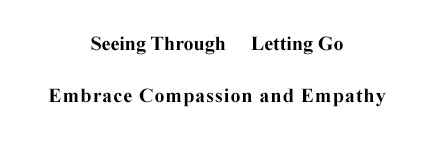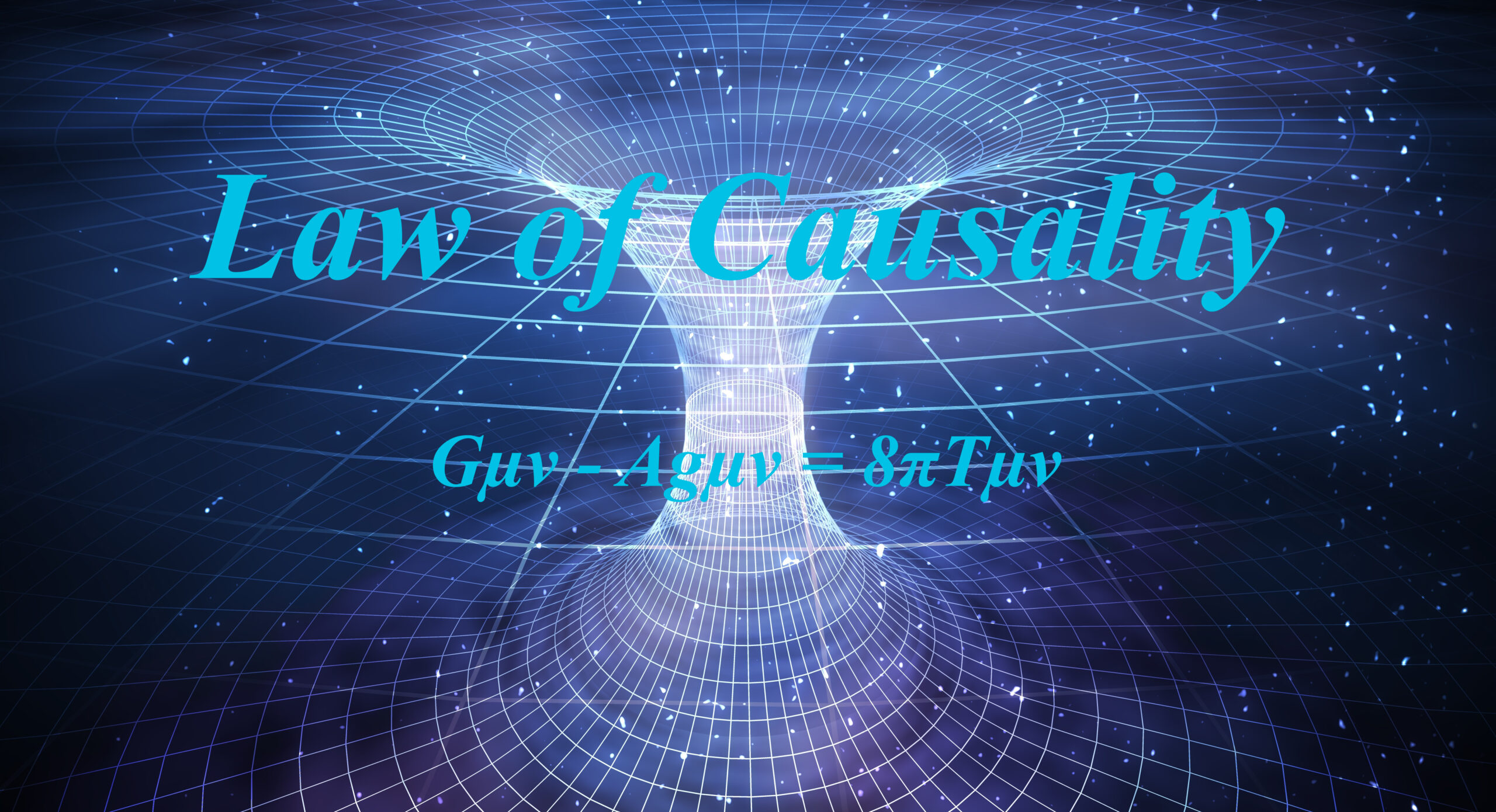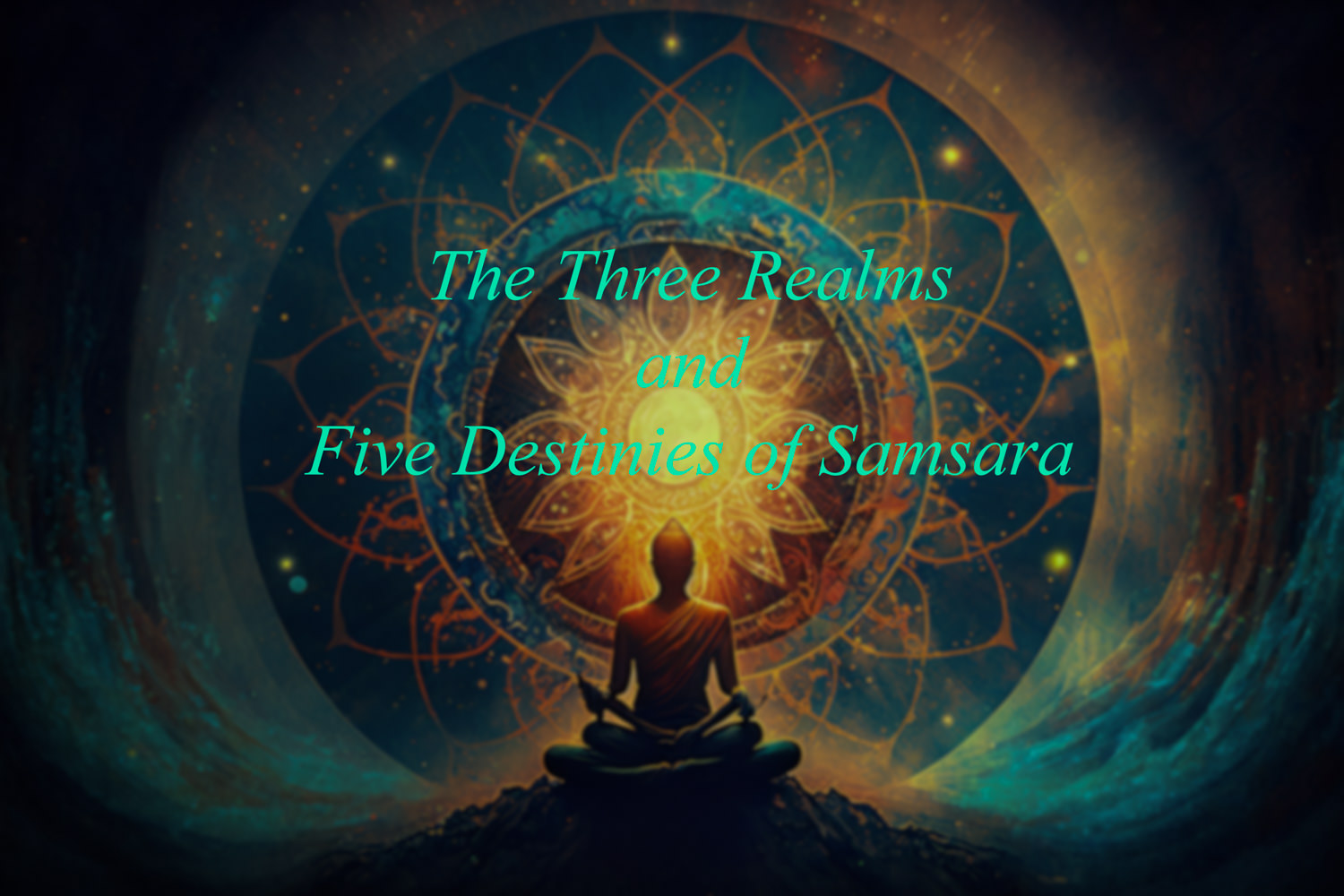This post discusses the possible places a person undergoing Samsara can end up in. These places are generally called the Three Realms and Six Destinies of Samsara.
Traidhatuka (Chinese=三界), according to The Princeton Dictionary of Buddhism, is “in Sanskrit, the “triple realm” or “three realms [of existence]; “the three realms of Samsara, in which beings take rebirth.” The Three Realms include all the six destinies of rebirth.
Gati (Chinese=道/趣), according to The Princeton Dictionary of Buddhism, is “in Sanskrit and Pali “destiny,” “destination,” or “bourne,” one of the five or six places in Samara where rebirth occurs.” In ascending order, these destinies are occupied by hell denizens, hungry ghosts, animals, humans, and celestial beings; sometimes, asuras are added between humans and celestial beings as a sixth bourne.
In the following discussion, the Three Realms and Five Destinies without the Asura will be used.
A) Sensuous Realm/Realm of Desire (Romanized Sanskrit=kamadhatu; Chinese=欲界) is the lowest of the Three Realms. According to The Princeton Dictionary of Buddhism, the Sensuour Realm is “in Sanskrit and Pali, “sensuous realm” or “desire realm;” the lowest of the three realms of existence, so named because the beings there are attached to pleasure derived from the five sense organs (Romanized Sanskrit=Indriya; Chinese=根). The dominant force among beings born into this Realm is therefore sensuality (kama), and especially the sex drive.”
The Sensuous Realm includes all the Five Destinies that will be discussed.
1) Naraka (Chinese=地獄), according to The Princeton Dictionary of Buddhism, “are the denizens of the eight hot and cold hells, of which the lowest is the interminable hell (Romanized Sanskrit=avici, Chinese=阿鼻地獄/無間地獄).” At the bottom of the Sensuous Realm, those suffering in the interminable hell are the “most ill-fated of existences.”
“In Buddhist cosmology, there is an elaborate system of hells, and Buddhist texts describe in excruciating detail the torment hell denizens are forced to endure as expiation for the heinous acts that led to such baleful rebirths.”
“Buddhist hells are places of rebirth rather than permanent postmortem abodes; there is no concept in Buddhism of eternal damnation. The lifespans in the various hells may be incredibly long, but they are finite; once the hell denizen’s life span is over, one will be reborn elsewhere.“
2) Preta (Chinese=餓鬼), according to The Princeton Dictionary of Buddism, “in Sanskrit, lit. “departed one,” or “ghost:” typically translated into English a “hungry ghost.” Ghosts are most commonly depicted as having distended abdomens and emaciated limbs, like a human suffering from extreme malnutrition. Some traditions also say that they have gullets the size of the eye of a needle, so they are never able to consume enough to satisfy their appetites. Pretas are said to have been reborn in their unfortunate condit on as a consequence of greed and avarice in a previous life.“
3) Tiryak (Chinese=畜生), according to The Princeton Dictionary of Buddhism, is “in Sanskrit, “going horizontally” (i.e., not erect), viz. animals. The category of animals includes both land and sea creatures, as well as insects. The specific kinds of suffering that animals undergo are frequently mentioned in Buddhist texts; these include the constant need to search for their own food while always seeking to avoid becoming food for others. Unlike humans, animals are generally killed not for some deed they have done but for the taste of their flesh or the texture of their skin. The possibility of achieving rebirth out of the realm of animal is said to be particularly difficult because of either the inevitable killing in which predators engage or because of animals’ constant fear of becoming prey: neither mental state is conducive to higher realms. Despite this difficulty, there are many stories in Buddhist literature of predators who have willed themselves to stop killing (the first of lay precepts) in order to create a karmic propensity that will be more conducive to rebirth out of the animal destiny.”
4) Manusya (Chinese=人), according to The Princeton Dictionary of Buddhism, is “in Sanskrit, “human.” Human rebirth is considered a fortunate rebirth, unlike rebirth as an animal, ghost, or hell being. To achieve liberation from rebirth, human birth is considered the ideal state because a human being is not so beset by suffering that one is unable to practice the path (as are the animals, ghosts, or hell denizens) or so intoxicated by pleasure (as are the celestial beings)that one is disinclined to do so. According to the theory of Karman, rebirth as a human is the result of having performed a virtuous deed, such as keeping a vow, in a previous life. Among humans, some are more fortunate than others in terms of their access to the dharma and their opportunities for practice, described in a list of opportune births, such a birth in a time and place where a Buddha exists and where one has the capability to understand his teachings. Rebirth as a human endowed with such prospects is said to be exceedingly rare and unlikely to occur again in the near future; therefore, every effort should be made either to achieve liberation in this lifetime or to accumulate the necessary merit to ensure rebirth as a human.”
5) Deva (Chinese=天), according to The Princeton Dictionary of Buddhism, is “in Sanskrit and Pali, lit., “radiant one” or “shining one;” a “divinity,” “heavenly being,” or “god.“
In this post, the term “celestial palace” is chosen in place of heaven to avoid any religious implications of deva. The celestial palaces in Buddhism are not like religious heavens because they are not permanent, and residency in them is not the result of religious salvation but the fruition of past karmic deeds. Neither are the residents in the celestial palaces superior to humans; when they have spent their blessings, they fall back into the cycles of rebirth to reside in one of the other lower destinies again. Furthermore, there are no anthropomorphic creators in Buddha’s celestial realms.
In the Sensuous Realm, there are six levels of celestial palaces:
- The celestial palace of the Assemblage of the Four Great Kings (Romanized Sanskrit=caturmaharajakayika; Chinese=四大天王);
- The celestial palace of Thirty-Three [devas] (Romanized Sanskrit=trayastrimsa; Chinese=三十三天/忉利天). The chief celestial being in the celestial palace of Thirty-three is Sakra (Chinese=釋提桓因/帝釋).
- The celestial palace of Yama (Chinese=夜摩天) is also known as Suyama (“where the seasons are always good”).
- The celestial palace of Tusita (Chinese=兜率天), also known as the celestial palace of the contented, where the Bodhisattva Svetaketu (Chinese=白淨/白英) resided before descending to earth to be born as (our historical Buddha) Siddhartha and where the future Buddha Maitreya currently reside.
- The celestial palace of the Enjoyment of Creation (Romanized Sanskrit=Nirmanarati; Chinese=化樂天), where “male and female experience sexual pleasure without engaging in physical contact but merely by smiling at each other. The children produced from their union have the appearance of nine-year-old children at birth.”
- The celestial palace of devas “who have the power over the creation of others, or the devas who partake of the pleasures created in other celestial palaces (Romanized Sanskrit=paranirmitavasavartin; Chinese=他化自在天).”
The remaining Two Realms are both higher celestial palaces.
B) The Realm of Subtle Materiality (Romanized Sanskrit=rupadhatu; Chinese=色界), according to The Princeton Dictionary of Buddhism, is “in Sanskrit and Pali, the “realm of materiality,” or “form realm; “… the term is synonymous with rupavacara.” “This realm is divided into four meditative realms associated with four meditative concentrations.” These four meditative realms are further segmented into eighteen celestial realms.
According to The Princeton Dictionary of Buddhism, the realms of subtle materiality “are collectively called the Brahmaloka (world of Brahma celestial being) (Chinese=fan梵界), and are divided into the four classes of the dhyana or “concentration” celestial palaces, and rebirth there is dependent on specific meditative attainments in previous lives. Each of the four classes of dhyana is further segmented.
i) the first set of dhyana celestial palaces are for those who
practiced the first meditative absorptions in the previous
lifetime and consists of three levels:
-
- The celestial palace of Brahma’s retainers (Romanized Sanskrit=Brahmakayika; Chinese=梵眾天).
- The celestial palace of Brahma’s ministers (Romanized Sanskrit=Brahmapurohita; Chinese=梵輔天).
- The celestial palace of the great Brahma himself (Romanized Sanskrit=Mahabrahma; Chinese=大梵天).
According to The Princeton Dictionary of Buddhism, Mahabrahma,
“the inhabitant of the highest of the first dhyana celestial palace,
presumed himself to be the creator of the world and father of all
beings, but after being taught by Buddha, he subsequently realized
how arrogant had been his misapprehension; he became Buddha’s
follower and protector of his teachings, along with the four celestial
kings and Sakra (Chinese=帝釋).“
This story is recorded in “The Sutra of Brahma Asking Buddha
(Chinese=梵天請佛經).
ii) The second set of dhyana celestial palaces are for those
who practiced the second meditative absorption in their previous
lifetime and it also consists of three levels.
-
-
- The celestial palace of lesser radiance (Romanized Sanskrit=parittabha; Chinese=少光天)
- The celestial palace of immeasurable radiance (Romanized Sanskrit=apramanabha; Chinese=無量光天)
- The celestial palace of ultimate radiance (Romanized Sanskrit=abhasvaraloka; Chinese=光音天/極光淨天)
-
According to The Princeton Dictionary of Buddhism, “the inhabitants
of these celestial palaces lack olfactory and gustatory sense
organs, and thus do not need to consume food but do possess the
other sense organs of sight, hearing, and touch, as well as mentality.”
iii) The third set of dhyana celestial palaces are for those who
practiced the third meditative absorption in their previous lifetime
and consists of three levels also.
-
-
- The celestial palace of lesser purity (Romanized Sanskrit=parittasubha; Chinese=少淨天)
- The celestial palace of immensurable purity (Romanized Sanskrit=apramanasugha; Chinese=無量淨天)
- The celestial palace of pervasive purity (Romanized Sanskrit=subhakrtsna; Chinese=遍淨天)
-
According to The Princeton Dictionary of Buddhism, the “inhabitants
also possess only the mind organ and experience great joy.”
iv) The fourth set of dhyana celestial palaces are for those who
practiced the fourth meditative absorption in the previous lifetime,
and consists of the following nine levels.
-
-
- The cloudless celestial palace (Romanized Sanskrit=anabhraka; Chinese=無雲天)
- The celestial palace of blessed birth (Romanized Sanskrit=punyaprasava; Chinese=福生天)
- The celestial palace of extensive fruition (Romanized Sanskrit=brhatphala; Chinese=廣果天)
- The nonconceptual celestial palace (Romanized Sanskrit=asamjnika; Chinese=無想天) (considered as non-Buddhist dhyana)
- The celestial palace that is free from afflictions (Romanized Sanskrit=avrha; Chinese=無煩天)
- The celestial palace that is not burning or without torment
-
(Romanized Sanskrit=atapa; Chinese=無熱天)
-
-
- The celestial palace of the perfect form (Romanized Sanskrit=sudrsa; Chinese=善現天)
- The celestial palace of perfect vision (Romanized Sanskrit=sudarsana; Chinese=善見天)
- The highest celestial palace of Subtle Materiality (Romanized Saskrit=akanistha; Chinese=色究竟天)
-
C) Immaterial Realm/Realm of Formlessness (Sanskrit=arupyadhatu; Chinese=無色界), according to The Princeton Dictionary of Buddhism, is “in Sanskrit, “immaterial,” or “formless realm, comprising of four classes of celestial beings whose existence is entirely mental, no longer requiring a body or even a subtle material foundation for there ethereal states of mind.”The Immaterial Realm consists of the following subdivisions:
- The sphere of infinite space (Romanized Sanskrit=akasanantyayatana; Chinese=空無邊處天).
- The sphere of infinite consciousness (Romanized Sanskrit=vijnananantyayatana; Chinese=識無邊處天).
- The sphere of nothing whatsoever or absolute nothingness (Romanized Sanskrit=akincanyayatana; Chinese=無所有處天).
- The sphere of neither perception nor nonperception (Romanized Sanskrit=naivasamjnanasamjnayatana; Chinese=非想非非想處天).
With six levels of celestial palaces in the Sensuous Realm, eighteen in the Subtle Materiality Realm, and four in the Immaterial Realm, Buddha enumerates twenty-eight levels of celestial palaces. It is worth noting that the two highest celestial spheres, the sphere of absolute nothingness and the sphere of neither perception nor nonperception, were what Buddha’s two gurus taught him when he was with them. In both cases, Buddha picked up their teachings and abided by them quickly. However, he rejected both gurus when they offered Buddha leadership positions in their hermitages and taught. After abiding in these two meditative states, Buddha realized that they were insufficient for liberation from Samsara. Indeed, Buddha would teach that both are just shy of the necessary meditative state to be enlightened, realize Emptiness, and be liberated from Samsara.
In a previous post on “A Few Fundamental Concepts,” we discussed that Buddhism is Buddha’s teachings on what he actually realized upon enlightenment. Furthermore, in the same post, we quoted Buddha’s saying in the Diamond Sutra that he is an honest educator because, like all the Tathagatas before him, he is “a speaker of the truth, a speaker of veracity, a speaker of thusness, a non-deceptive speaker, and an uncontradictory speaker.” Additionally, in the last post, a discussion was made on how Einstein’s Special Relativity confirmed Buddha’s Causality teachings.
If all the above discussions have not convinced you about the seriousness of Causality, that rebirth in any of the lower three baleful destinies is not fun, and how fortunate it is to be reborn as a human, we discuss in the next post one of the most well-known and well-documented reincarnation cases in recent history and see how it fits with what Buddha teaches.


